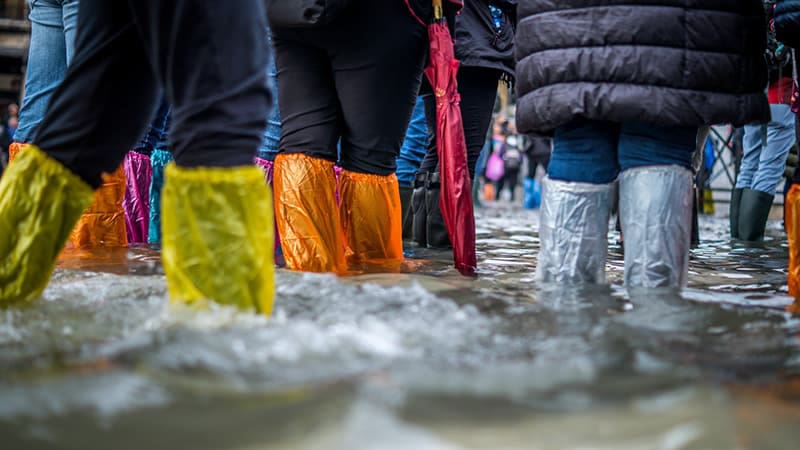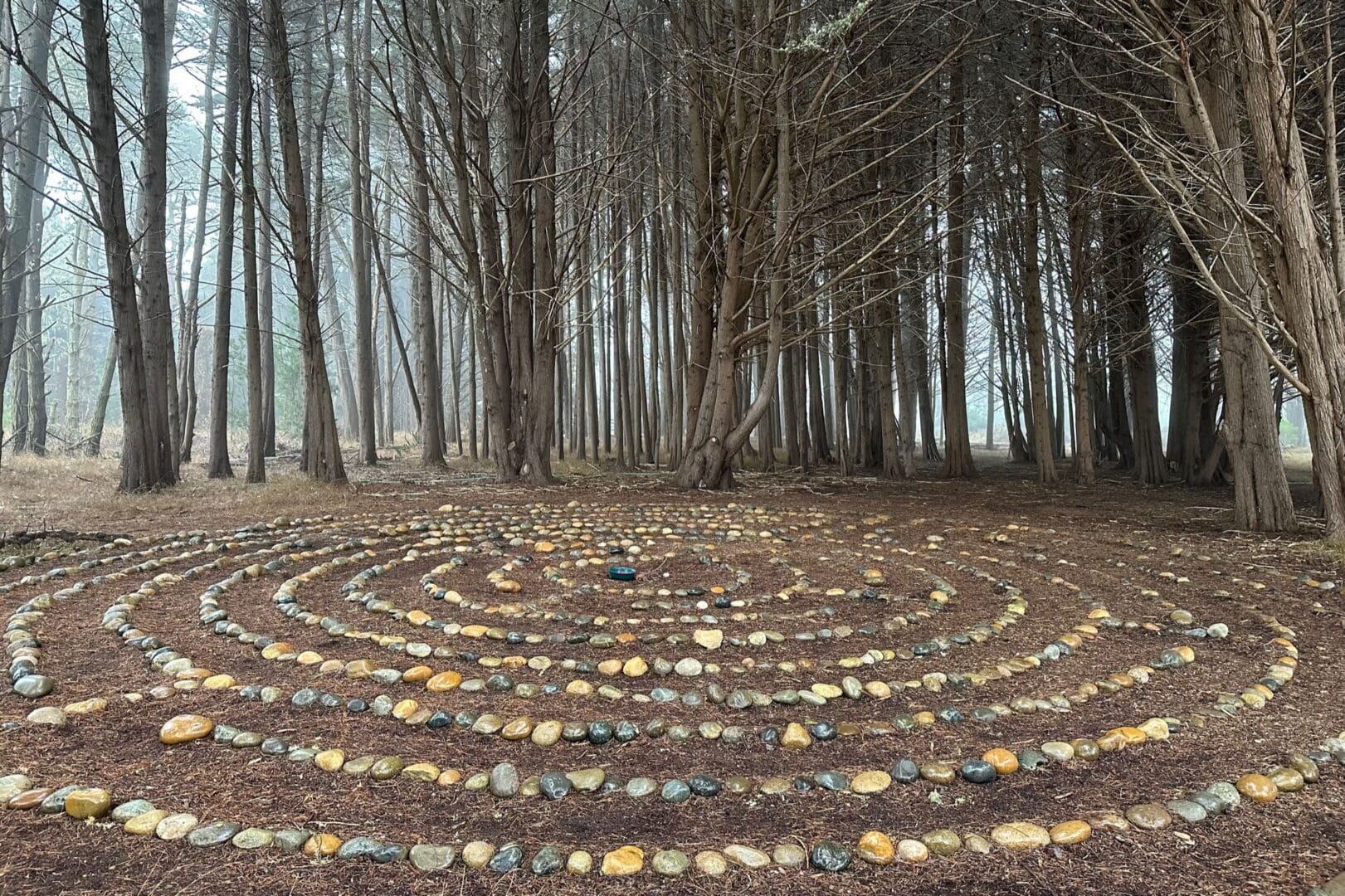A 79-foot young female blue whale washed up dead near Agate Beach in Bolinas on Friday, May 26. For our community, it was one of the most significant events in the 45 years I have lived here. A lot of us felt deep grief about her death — she was hit by a ship and her back was broken.
Below you will find two reflections on her death — by Burr Heneman and Howard Dillon. Burr is a co-founder of Commonweal and directed the Commonweal Oceans Program for decades. Howard is a close friend of the Commonweal community and a gifted actor.
We welcome your thoughts and reflections.
Michael
***
The Bolinas Blue Whale
Being near the 80-foot blue whale that washed up at Bolinas was a source of awe for many, especially in the day or so before the stench became unbearable. There is sadness for the dead animal. The reminder of our own mortality, as well. And this was death on a grand scale.
Then came the realization of our complicity in the death. Anyone familiar with threats to great whales probably surmised the cause of death. The necropsy confirmed our guess. The whale had been struck by a ship. Anything else would have been less expected.
Ship strikes, as they are called, are a well-known and very real whale conservation issue, though meaningful data on species and incidents are understandably hard to come by. A large ship can hit a whale without those on board being aware it happened.
Populations of some great whales are so low that ship strikes are a known threat to their recovery. The International Whaling Commission and, in the US, the National Oceanographic and Atmospheric Administration, as well as several private whale conservation organizations, have programs to try to reduce ship strikes. Their efforts focus on areas where ship strikes could affect the most endangered whale populations.*
These accidents have likely become more common because of the success of the international whale conservation campaigns that began in the late ‘60s and continue today. It’s worth recalling that the US stopped hunting whales less than 50 years ago. The last whaling station was here in the Bay Area, at Point Molate in Richmond. The last humpback whale was processed there — for dogfood — in 1971, the year I moved to Bolinas.
Most great whale populations have seen strong recoveries after being driven to near extinction in the 20th century. Thanks to the International Whaling Commission’s moratorium, we’ve stopped killing whales intentionally. There are a few exceptions: Norway, Iceland, South Korea, and Japan are the “outlaws,” though they restrict their hunting to minke whales, the smallest and most numerous of the great whales. Small indigenous groups in several countries, including the U.S., conduct more-or-less well-supervised subsistence hunting.
But the whaling moratorium, now 31-years old, shows that most of the world realizes whales are more valuable, aesthetically and economically, alive rather than dead. As a result, we can count on thrilling whale-watching encounters along our coast and wherever great whales congregate. Whale-watching trips give many thousands of people that experience every year. That wasn’t true when I first spent time on the Farallon Islands in the early 1970s. No blue whales were observed from the Farallones before 1978. But PRBO biologists and volunteers recorded more than 100 eight years later, and over 400 were observed in 2003. The numbers vary considerably from year to year, but the upward trend has been clear. Those data agree with what whale biologists are seeing for blues, humpbacks, and most other whale species elsewhere in the world.
So the success of whale conservation over the past 50 years means there are more great whales. Some of the species, including blues and humpbacks, are attracted to the east coast of the North Pacific because the California Current, one of the most productive ocean currents in the world, supports the masses of krill and other small marine species that baleen whales require. Cordell Bank, north of the Farallones, is a particularly rich feeding area. But three shipping lanes that converge on the Golden Gate have heavy freighter and tanker traffic. That’s where the ships encounter these big, relatively slow-moving creatures — in effect, the pedestrians of the area that are crossing the street where there are no cross walks or stop lights.
The reality is that our normal existence is a threat to at least some individual whales. The ships come and go because we want them to: we buy things made elsewhere, we ship our products around the world, we drive cars that use crude oil that arrives in tankers. Increased whale populations mean a greater risk that some of them will meet the same fate as the Bolinas whale.
However, even if we continue the moratorium on whaling and could end ship strikes (reducing them to zero is highly unlikely), the great whales must avoid other threats to their existence. For example, in the dry language of the International Union for the Conservation of Nature – the body that maintains the global list of endangered species:
During this century, a profound reduction in the extent of sea ice in the Antarctic is expected, and possibly a complete disappearance in summer, as mean Antarctic temperatures rise faster than the global average. The implications of this for blue whales are unclear but warrant monitoring.
What might be the implications for blue whales? The great whale populations in the Antarctic that live on krill are one example. Big krill populations depend on lots of sea ice in the southern winter. Global warming appears to be reducing sea ice. Will the krill, which depend on the ice, and the whales, which depend on the krill, also disappear? Might food supplies for other whale species and populations in other places also become inadequate in a changing ocean? If they do, there will be no individual whales washing up on our coast for us to mourn. They will simply disappear.
Burr Heneman
June 1, 2017
***
Whale Blues
Forty years ago, undergoing Jungian analysis after the failure of my first marriage in London, I had a series of dreams in which I encountered a whale and it looked closely at me….. Neither the therapist nor I were ever able to articulate what this meant but it remains one of the most profound experiences of my life. So I was excited when I heard that a Blue Whale had been seen floating off Bolinas; the small N. Californian coastal town I have lived in for 35 years. The name Bolinas, according to some local historians may be a corruption of the Portugese word for whales: “baulenes” certainly sounds the same but it also may be a word from the now extinct Coastal Miwok natives who lived here when the first Spanish/Mexican family of Gregorio Briones obtained the land grant from the King of Spain for this area in the 1820s. Every year in January the whales can be seen from the tip of the Point Reyes Peninsula as they migrate south to breed in the Sea of Cortez. But these are usually Grey whales, or, rarely, Humpbacks. The Blue Whale is not often seen unless from a boat far out to sea at the Farallon Islands or beyond.
The Blue Whale that floated in on a very high tide Wednesday night crossed Duxbury Reef and now rests at the foot of the eroding cliffs below Poplar Road. It is a known individual; a young female identified by her unique fluke pattern in 1999 and seen at least 11 times since, twice with calves, mostly in the Santa Barbara Channel. She could have lived another 60 years or more……
On Saturday morning May 27th, 2017, about 40 marine biologists, led by teams from the California Academy of Science and the Marin Marine Mammal Center, performed a necropsy on the dead whale. The removed her eye, pelvis, parts of her ear, and many other tissue and organ samples. This will help to know more about these largest of all Earth creatures, as not that much is known now. I watched as the biologists carved her up and I have never seen so many happy scientists…. Most were women and seemed to be very efficient about the tasks.
My daughter asked me how I could stand to watch as the stomach, intestines, blubber, etc., was removed and laid on the beach for scavenger’s later meals as I am very squeamish about anyone’s medical or physical descriptions. It is because this is on a scale beyond any personal consideration; the majesty of this being is so great that even being dismembered by ant-like humans she maintains a dignity and serenity that transcends human concerns. This creature is longer than my house, weighs tons, may be the largest being ever to live on Earth, dives up to a thousand feet to feed, has a tongue that weighs more than an elephant, eats tiny shrimp-like krill, may live 80 years, can grow to 130 feet in length, and is an endangered species.
All ages were present, observing: very young children staring silently, teenagers asking intelligent questions of any scientists who came near, older people talking quietly to each other as fluids jetted and parts heaved as containing flesh was cut away and a spray of something yellowish flew out from high on one side.
Overall and inescapable was the SMELL, a pervasive throat-gripping miasma of great strength that I could still taste in my sinuses 12 hours later.
Apparently she was killed by blunt force trauma, a speeding ship breaking many of her ribs and fracturing spinal vertebrae. This brings up many questions around our own complicity in “Modern Life”: the headlong rush to use the latest communication or computing devices being rushed to us from China or where-ever to fill our on-line orders for consumer goods of all kinds. This article is being composed on one such device rather than being written in loopy longhand on sheets of crisp white paper made from crushed swollen tree-fibres. Although it may yet be printed on some… (Oh, those 1950s school films of Canadian log-jams rushing to factories to be shredded into pulp for quarto or foolscap…).
This is what we have come to…… but maybe Bolinas Blue Whale Town can start to turn it around, push back against the tide, fight for slower ship speeds entering the Golden Gate shipping lanes and other places where known crossings of whale migratory routes are intersecting with harbor approaches (Seattle, Long Beach, etc.). As usual it is up to us, the slightly loony spiritually aware outsiders, to spearhead a movement in opposition to the mainstream.
Long Live California Dreamers….
Howard Dillon
May 30th 2017




